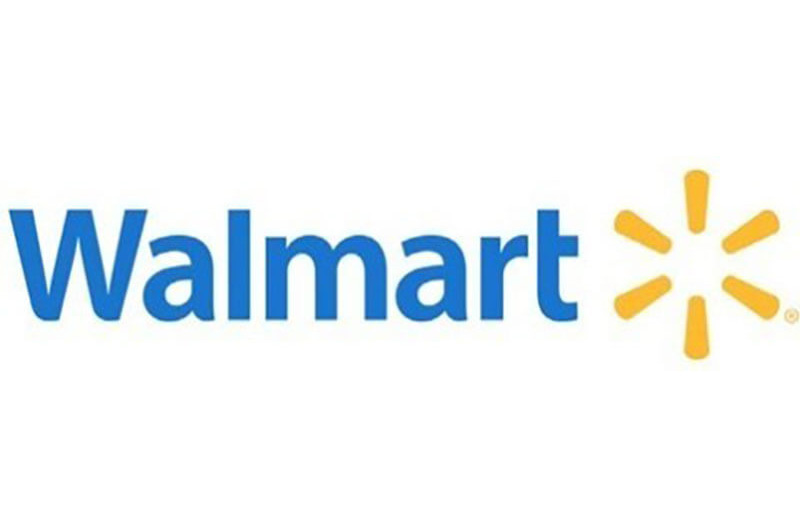Walmart hosted its Investment Community meeting April 9, with leadership highlighting the strength of the company’s business operations and strategy.
Doug McMillon, president and CEO, Walmart Inc., expressed confidence in the company’s ability to navigate against a more fluid backdrop, given improved business flexibility and profit diversification.
He emphasized the retailer’s resilience, having successfully managed periods of uncertainty over the its history. McMillon also highlighted Walmart’s ongoing transformation, driven by investments in customer and member experiences, technology and a flexible business model.
“While in the short term we are not immune to some of the effects businesses face in today’s operating environment, we are uniquely positioned to play offense,” McMillon said. “Changes we’re making to our business add even more strength and flexibility for our future. We’re an ‘and’ company. We’re people and tech; stores and e-commerce; innovation and execution.”
John David Rainey, EVP and CFO, provided insights into the company’s financial framework and strategic investments. He reiterated Walmart’s commitment to growing operating profits faster than sales, driven by scaling digital and related businesses, including membership, advertising, data and Fintech.
Rainey also confirmed the company’s priorities in the current operating environment. These include keeping prices as low as possible, leveraging data and automation to further improve the flow of inventory and managing costs.
[RELATED: Walmart Opens 350-Acre Home Office Campus In Bentonville, AR]
The president and CEO for each of Walmart Inc.’s business units – Walmart International, Sam’s Club U.S. and Walmart U.S. – also spoke about the company’s strategy and plans for the future.
Key highlights from their presentations are:
Walmart International President and CEO Kath McLay shared the segment’s growth story. Walmart International is on track to meet its goal set in 2023 of reaching $200 billion in GMV and doubling profits and digital mix by 2028, having grown net sales by 9.1 percent and operating income 17 percent in constant currency over the past fiscal year.
Sam’s Club U.S. President and CEO Chris Nicholas shared ambitions to double membership over the next eight-10 years, driven by omnichannel advantages and, as a result, more than double sales and profit.
Sam’s Club U.S. is focused on membership for growth, redefining the future of the club model and setting a new standard for retail.
Walmart U.S. President and CEO John Furner described the opportunity Walmart has to be “America’s favorite retailer.”
- Growth and potential: There is still substantial upside for further expansion within Walmart U.S.’ significant sales growth, which added $121 billion over the past five years. The goal is to become America’s favorite place to shop by focusing on a clear customer value proposition – price, assortment, experience and trust.
- Omnichannel strategy: Walmart is committed to serving customers through an omnichannel approach, allowing them to shop in-store, online or through pickup and delivery. The company is well positioned to deliver to 95 percent of U.S. households in under three hours later this year.
- Business mix accelerators: Walmart U.S. also is investing in key business accelerators that not only fuel growth but bolster profitability and drive incremental margins – Walmart+, Walmart Connect, Data Ventures and Fintech.
- Supply chain transformation: Walmart’s supply chain is transforming to leverage independent assets (stores, fulfillment and distribution centers, pickup and delivery) into one omnichannel supply chain network using data, intelligent software and automation. This transformation is improving inventory management, enabling faster and more precise fulfillment and reducing costs to serve. Today, more than 50 percent of its e-commerce fulfillment center volume flows through its next-generation fulfillment centers and more than half of stores are receiving freight from automation. As a result, Walmart processing more units through its distribution centers and fulfillment centers at lower costs.
A recap of the meeting can be found here.

